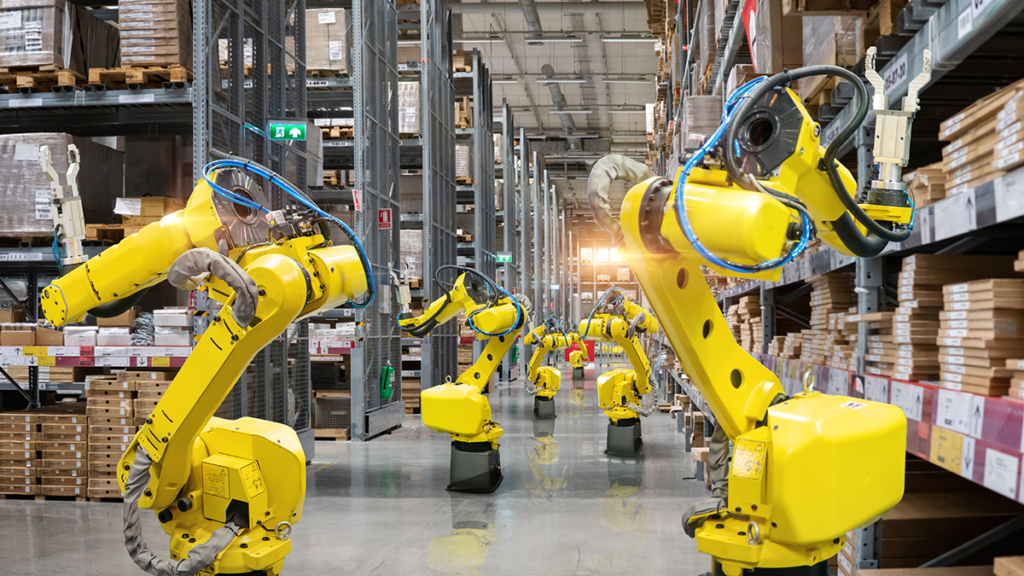The case for robot automation has always focused on the benefits of improved productivity, consistent quality, improved health and safety, and flexibility. However, a significant new factor is driving increased interest – labour shortages, which has emerged across the economy following Brexit and the COVID-19 pandemic. With it being highly unlikely that labour shortages will be addressed via changes to the post-Brexit immigration system, alternative solutions are required.
Since the pandemic began, a high proportion of people have left the labour market. Many workers from the EU returned to their home countries and a large number of older workers have opted for early retirement. The consequence has been a significant reduction in the available labour force, and as companies return to full production following the pandemic, this has led to a severe labour shortage across many sectors, from food supply chain and agriculture through manufacturing and distribution to hospitality.
Assuming the objective is to at least achieve pre-COVID levels of output, the only way of addressing the labour shortage is to implement automation solutions. This is not necessarily about directly automating tasks that are, or were previously undertaken by workers, but about identifying opportunities to utilise automation on mundane, arduous, or dangerous tasks releasing the available workforce to undertake tasks that require their skills and attributes. Moving people into roles where their skills add value to a product provides more interesting and rewarding roles often with higher pay.
Many business owners are aware of robots being used in high volume sectors such as automotive and electronics but feel they are not appropriate for their business. This perception is often a result of concerns about the cost, complexity and lack of flexibility provided by the automation. But automation is more accessible than most think. Robot automation is often lower cost than expected; the ease of set up and operation has improved significantly over recent years and flexibility can be readily designed into the solution. There are many SMEs who have already successfully implemented robot systems, ranging from castings and machining businesses, to plastic moulders, electronics contact manufacturers and food manufacturers.
It is important to recognise there is a learning curve and to achieve the desired outcome vendor and technology agnostic advice, from the Manufacturing Technology Centre (MTC) and the other members of the High Value Manufacturing Catapult, will help a business undertake their first steps on this automation journey, reducing any risks, by providing guidance which will benefit not just this first step but any future automation investments. Now is the time for UK manufacturers to gain the benefits of robot automation and the MTC stands ready to help.
Check out more robotics and innovation stories at our Communications and Industrial pages. You can also comment below or feel free to chat via our LinkedIn page.
Plus, IoT Insider’s sister publication Electronic Specifier has more at its Robotics industries page.
